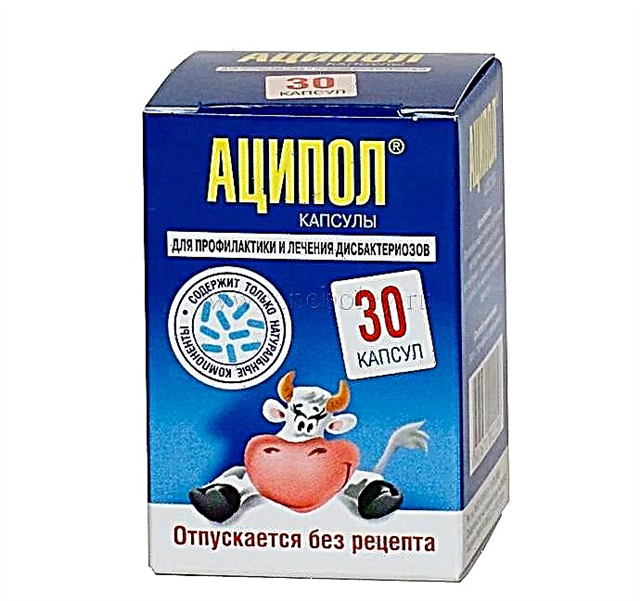
Has your child been scheduled for a routine urinalysis and suddenly has a high protein count? Or does the baby show signs of illness, and in the analysis of urine protein is more than normal? Let's figure out why protein can get into children's urine and what parents should do in such situations.
What does it mean?
Normally functioning kidneys do not allow the loss of necessary substances with urine, including proteins. That is why proteins are practically not found in the baby's urine, or their concentration is extremely low. If the kidneys fail, a lot of protein penetrates through the filtering tubules, or it is poorly absorbed back into the blood. However, physiological reasons can also lead to the ingress of more protein into the urine, so the result of the analysis should be evaluated by a doctor in conjunction with examination and other studies. Finding proteins in urine is called proteinuria.
In newborns and infants
In the first weeks of life, the presence of protein in the baby's urine is considered a normal option. This type of proteinuria does not require treatment. Also, protein can appear in the urine of infants, as a result of overfeeding the baby or increased consumption of food rich in proteins by the nursing mother.
Shouldn't there be protein?
The normal protein content in urine is up to 0.036 grams per liter. If the concentration of protein in your child's urine test is higher, you should look for the causes of this condition. A protein concentration of 1 gram per liter is called moderate proteinuria, and with an indicator of 3 grams per liter, one speaks of severe proteinuria. First, the doctor will send the baby for a second analysis, after which he will prescribe an additional examination (complete blood count, ultrasound, other studies).
E. Komarovsky's opinion
A well-known pediatrician says that protein in the urine of a healthy child should not be detected, and even if it enters the urine, it can only be detected by special methods that are not used in medical practice.
Komarovsky notes that first, the presence of protein is checked with a quality sample to find out if it is in the urine. Such a test involves mixing urine with a reagent and observing the reaction - if it occurs, this is a sign of the presence of protein. If there was no reaction, conclusions are drawn about the absence of protein and the study of this parameter is not carried out further.
In the case when a qualitative test has confirmed the presence of protein in the baby's urine, then its concentration is determined. According to Komarovsky, quantitative samples can detect protein at concentrations above 0.03 grams per liter. If the indicator is less, you will see the mark “protein traces” in the analysis.
Additional symptoms for anxiety
An increased indicator of protein content in urine should be alarming if, in addition to a poor analysis, the child notes:
- Dizziness, drowsiness, fatigue;
- Poor appetite, nausea, vomiting;
- Bone pain;
- Chills, fever;
- Discoloration of urine;
- The presence of edema (the baby may have swelling on the eyelids, there may be traces of rubber bands on the legs).
Possible reasons
Protein can enter a child's urine after exercise, hypothermia, excessive protein intake, dehydration, fever, or emotional distress. All of these causes functional proteinuria.
An abnormal increase in urine protein can be caused by:
- Pyelonephritis;
- Tuberculosis or renal amyloidosis;
- Glomerulonephritis;
- Burns;
- Poisoning;
- Diabetes mellitus;
- Kidney injury;
- Infectious diseases;
- Tumor processes;
- Arterial hypertension;
- Epilepsy;
- Autoimmune pathologies;
- Diseases of the blood;
- Allergies;
- Long-term use of medicines.
Why is it better to retake the analysis?
Re-analysis of urine in order to clarify the presence of proteinuria helps to exclude errors in the first analysis, as well as situations when urine for research was collected incorrectly. The reason for the increased rate may be non-sterile capacity or poor washing of the baby, so the doctor, noticing the excess of the protein norm in the analysis, will immediately suggest a retake.
Treatment
The peculiarities of the treatment of the baby when proteinuria is detected will be determined by the cause of the appearance of proteins in the urine. For example, if such a result is caused by diabetes, the child is prescribed treatment for this disease. If the protein indicators are affected by an infection, the baby is prescribed antibiotics. Often they recommend a diet with limited salt, and if the child is breastfeeding, then the mother's nutrition is adjusted.
In any case, the child must first be examined by a doctor, and any treatment should be performed only after the diagnosis has been clarified. You should also first consult your doctor about the use of folk remedies such as cranberry juice, decoctions of parsley root or birch buds, and fir bark infusion.



